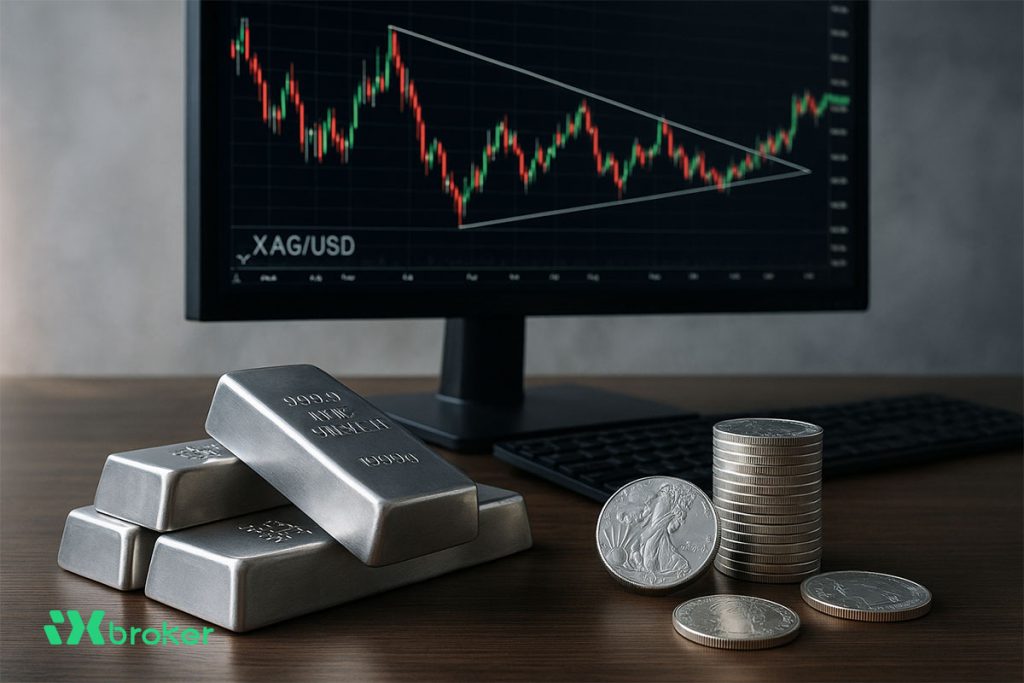Surging bond yields and soaring gold prices have been in the headlines recently. While these two markets don’t have a strict inverse relationship, higher bond yields typically diminish the appeal of gold. However, in the ongoing safe-haven battle, it seems that gold is emerging as the preferred choice as investors reassess their strategies, with analysts pointing to growing concerns about fiscal and monetary policies in key economies.
In the U.S., the 30-year Treasury yield exceeded 5% on Wednesday for the first time since July, while Japan’s 30-year government bond yield hit a record high, rising by 100 basis points this year amid persistent inflation, negative real rates, and political instability.
In the U.K., 30-year bond yields surged to their highest point since 1998 this week, while in France, the risk premium on 30-year debt touched levels not seen since 2008 as political turmoil threatens to disrupt deficit-cutting plans. Even German bunds, which had benefited from safe-haven demand earlier this year, were swept up in the sell-off, with the 30-year yield hitting a 14-year high.
Unexpected bond market turmoil pushes investors towards gold
Gold prices, on the other hand, have continued their upward trajectory, reaching a fresh high of $3,578.5 on Wednesday.
“There’s concern about fiscal excesses, the potential for a debt crisis in Japan, France, and the U.K.,” said Ed Yardeni, president of Yardeni Research. “Clearly, more and more investors are adding gold to their portfolios as a safe haven and protection against financial instability.”
Typically, rising bond yields make gold less attractive as an investment due to its lack of interest payments, increasing the opportunity cost of holding bullion. However, gold’s role as a hedge against inflation has given it a unique appeal, according to market analysts.
Gold’s appeal increases amid concerns over inflation and monetary policy
“There is now an emerging risk of inflation, and gold is the only game in town,” said Michael Ryan, a lecturer at the University of Waikato. One factor favoring gold’s rise is the increasing politicization of monetary policy. “The big development is Trump’s interference with the Federal Reserve’s independence,” Ryan noted. If the Fed’s independence is compromised, it could jeopardize efforts to control inflation.
Recently, U.S. President Donald Trump took the unprecedented step of removing Federal Reserve Governor Lisa Cook over alleged mortgage fraud, while pressuring Fed Chairman Jerome Powell to lower interest rates.
“This is a situation where inflation is now an emergent risk, and gold is the only game in town,” Ryan added.
Bond yields under pressure as investors flock to gold
Meanwhile, bond vigilantes are pushing up yields on bonds from developed nations as they grow discontented with fiscal and monetary policies, according to Yardeni. As a result, more investors have been shifting from government bonds into gold.
“Investors tend to go where the momentum is, and right now, gold has it. But bonds don’t,” Yardeni stated.
Gold versus bonds: A safer haven in uncertain times?
Part of gold’s appeal lies in its independence, analysts argue. Unlike bonds, which are a promise to repay the principal at a future date—making them susceptible to inflation concerns—gold is a tangible asset that cannot be debased by fiscal mismanagement or political interference.
While both gold and bonds are traditionally considered safe-haven assets, they are fundamentally different, said Angela Lan, senior strategist at State Street Global Advisors.
“Treasury bonds are a financial liability. You own a promise to receive future cash flows, and its value is backed by the government. Gold, on the other hand, is not a liability. It is a physical asset that does not tarnish, rust, or erode, a naturally rare element with inherent value, designated by many global central banks as a reserve asset.”
Gold is also being sought after as the “ultimate store of value” as investors worry about unprecedented debasement in the U.S. dollar-backed fiat currency system, said Vishnu Varathan, head of economics and strategy at Mizuho Bank.
The rise of short-term yields as a new investment trend
Investors are concerned that the U.S. dollar and other paper currencies are being weakened by rising government debt, escalating global tensions, and worries that central banks may no longer be able to act independently. If central banks are pressured to finance government debt by printing more money, the value of these currencies could erode significantly.
As yields continue to rise, questions remain about how high they will go before investors feel the premium is attractive enough to start buying long-dated bonds again.
Varathan believes that bond returns may not be far off, especially if expectations rise that the Fed will cut rates faster than anticipated, prompting investors to lock in higher yields.
“But the caveat is with the structural risks surrounding unsustainable debt, geo-economic instability, and U.S. dollar debasement risks, which may lead investors to prefer short-dated and front-end yields,” Varathan said.
Steve Sosnick, chief strategist at Interactive Brokers, added, “If yields are simply drifting higher, buyers will likely step in. But if there are concerns about a crisis or inability to fund deficits—like what we’re seeing in France or Japan—support for bonds can be more difficult to find.”



